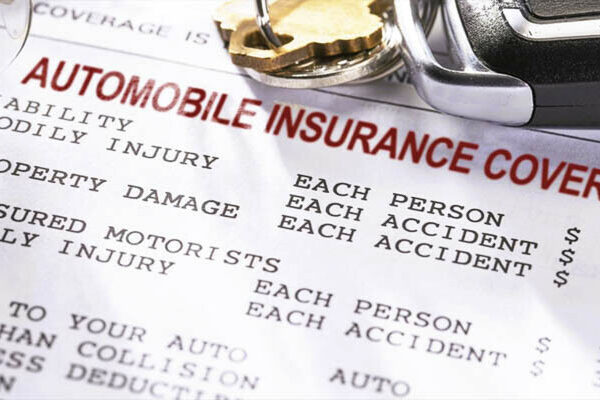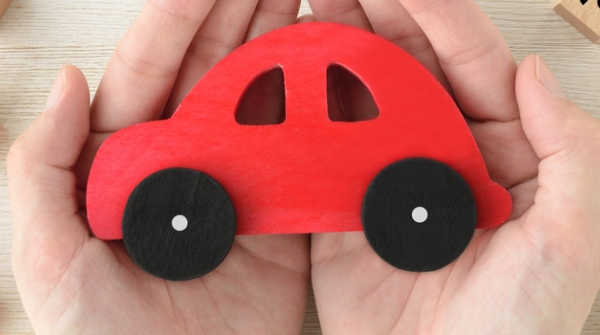December 21, 2017
From ice to snow, freezing temperatures to heavy rain, winters in the West can get treacherous. Protect yourself from winter driving hazards by taking the proper safety precautions. In this edition of the Grange Insurance Association blog, let’s talk about how to winterize your vehicle and prepare for the frigid temperatures ahead.
#1 Check Your Wipers
Maintaining clear visibility is essential for safe driving, so you’ll need to ensure your wiper blades are working properly. Wiper blades work best if they’re replaced at least once per year, so you’ll want to see if they’re wearing down and replace them accordingly. You may also want to consider investing in wiper blades that are specifically designed for winter weather conditions.
#2 Check and Replace Your Fluids
Winterize your car by ensuring you have the correct levels of the following fluids:
- Wiper fluid: Consider a freeze-resistant wiper fluid.
- Oil: If you live in an area where temperatures drop below freezing, you may want to switch to a thinner oil. Before you make any changes, consult with your owner’s manual or mechanic.
- Coolant: To avoid your radiator freezing, you’ll need to have the correct mixture of antifreeze and water. You can purchase a tester from an auto parts store, and you’ll want to make sure your coolant is filled to the maximum line.
#3 Inspect Your Tires
Tire pressure will drop as the weather gets colder. Check your tire pressure, ensuring your tires are properly inflated.
#4 Consider Winter Tires or Chains
If you live in (or plan to travel to) an area that gets a lot of snow or ice, you’ll want to consider investing in winter tires. Winter tires will provide an extra layer of security, as they’re designed to grip into snow and ice, preventing slipping and sliding on the road.
You should always keep chains in the back of your car, prepared to put them on in the event of a winter storm.
#5 Create a Vehicle Emergency Kit
Having a safety kit in your car is a good idea all year long. You can buy car emergency kits online. Should you prefer to build your own, the DMV offers a great list of what to include in your kit.
#6 Get Your Battery Tested
Cold temperatures are hard on your battery, so you’ll want to get your battery tested. You’ll also want to make sure your battery is free of any cracks, breaks, or loose connections.
Start Winterizing Today
While this is not an exhaustive list, we do hope you found these winterizing tips to be helpful. As always, you should bring your car in for regular maintenance checks and tune-ups. Before you hit the road, make sure you’re properly insured.


